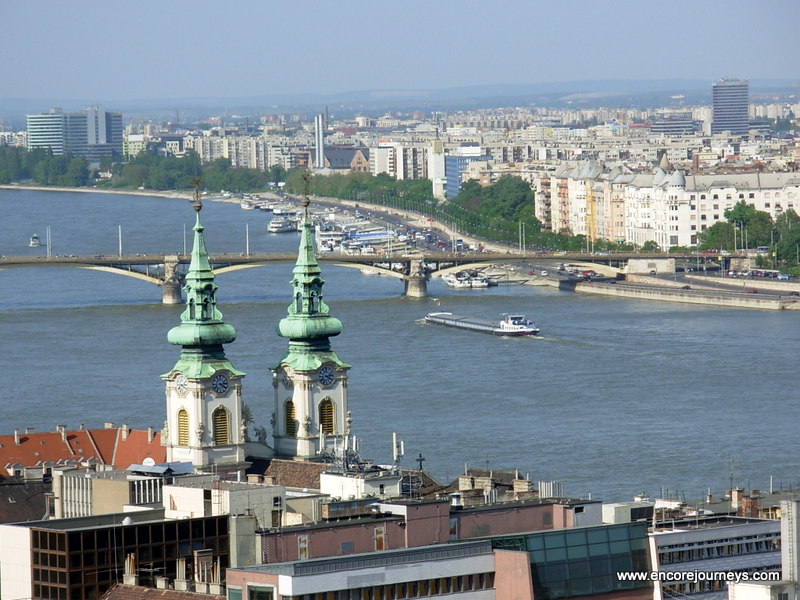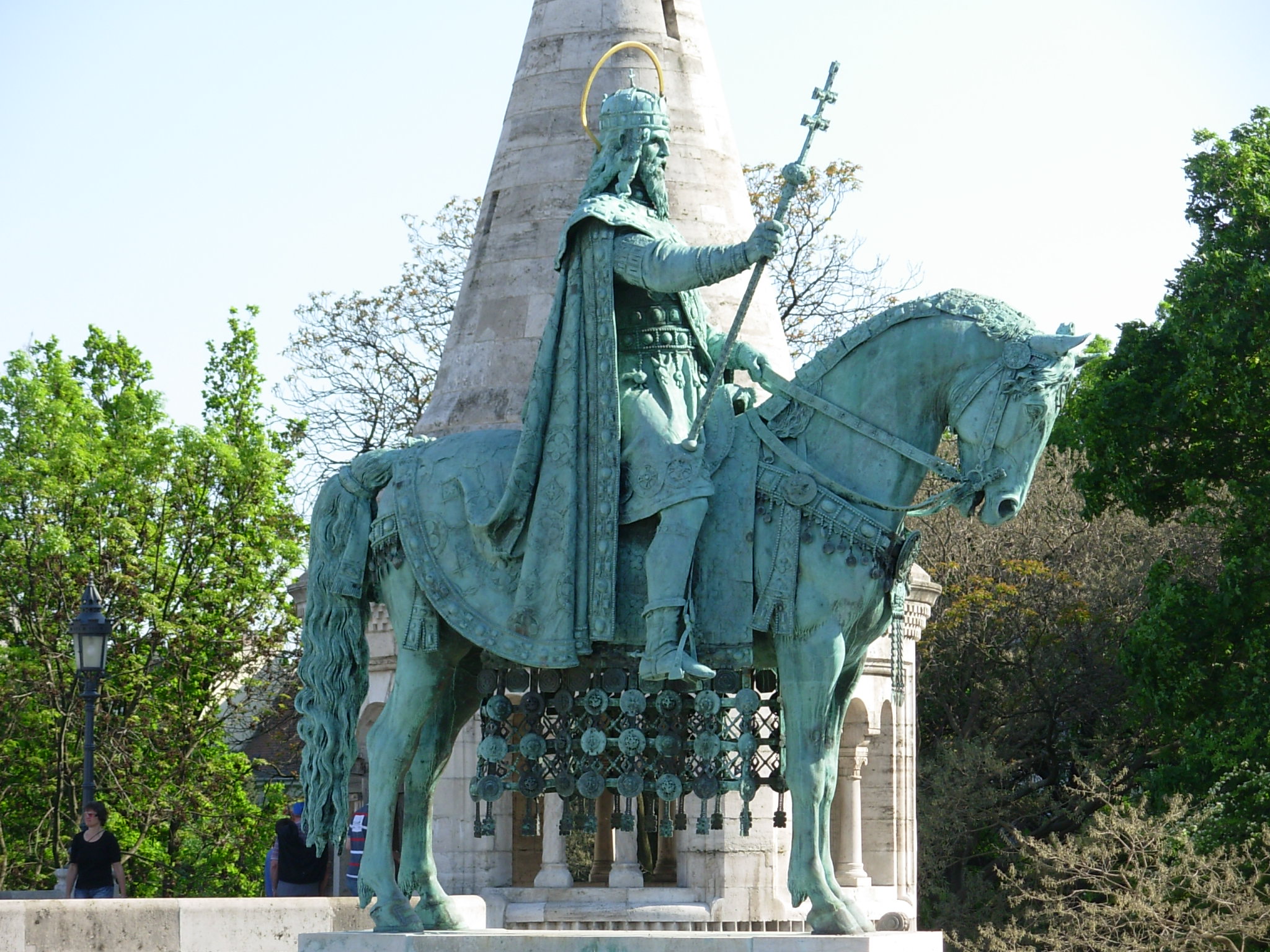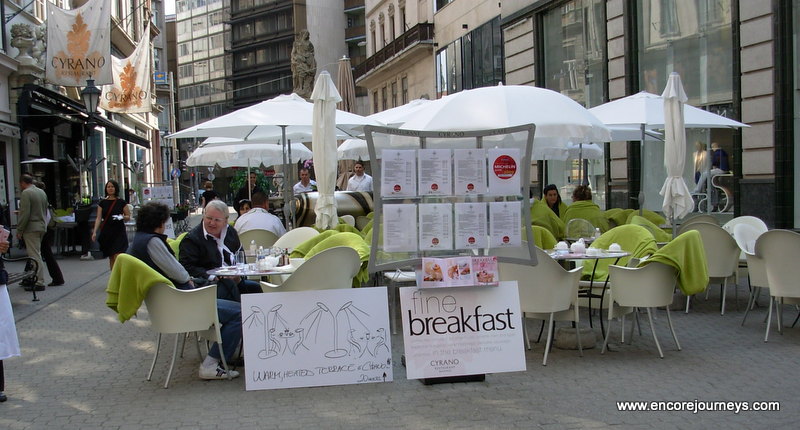Visiting Budapest, Hungary
Brief History
This vibrant city hit its pinnacle when it celebrated its 1,000 year anniversary in 1896. Many of the buildings you see today were commissioned for their millennial celebration. Unfortunately much of Budapest was destroyed during World Wars I and II but efforts to rebuild were taken up after the war.
Originally, Budapest consisted of three cities, Buda, Pest and Obuda (literally “Old” Buda). It wasn’t until 1686 that Charles of Lorraine conquered the Turks and reclaimed Buda and Pest for the Hapsburg Dynasty. During the reign of Empress Maria Theresa, an economic upsurge took place throughout Buda and Pest when large numbers of German-speaking immigrants move to the region. In 1867 Emperor Franz Joesph I and Empress Elisabeth (Sissi) were crowned in Matthis Church. With this coronation, the beginning of the Austro-Hungary was established and in 1872 the three cities were combined into one.
After World War II, the country fell into communist hands and was savagely controlled by strict Soviet rules. Popular uprisings in opposition to political turmoil and economic hardship occurred frequently and were quickly squashed by Hungarian and Soviet police.
In the 1960’s and 70’s, Budapest underwent massive renovations in the city center and castle quarter. Their underground rail system, the first in Europe, was expanded. Luxurious hotels were built in the city center and along the Danube. Bridges were opened and a renewed connection with each side of the city took place. Tourism flourished from European countries, both free and behind the Iron Curtain, and the United States.
It was on June 16, 1989 that hundreds of thousands Hungarians paid homage to their former prime minister, Imre Nagy, who had been executed in 1958. These events eventually led to the fall of the Berlin Wall and the freedom of many countries under communist rule. For more information on Budapest’s history, click this link.
Visiting Today
Today you’ll find quaint neighborhoods, stately manor homes, palaces and architectural gems. Restored buildings stand magnificently with new facades and undated interiors. Restaurants featuring local cuisine abound. Travelers can visit wineries and sample locally produced wines. Breweries and micro breweries pepper the city and offer distinct flavors for beer lovers. Music, art and dancing festivals take place during summer months. You can go spelunking, visit ethnographic museums, cruise down the Danube and ride on Europe’s oldest underground railway.




